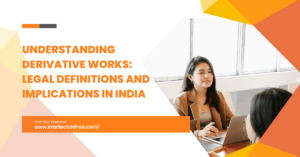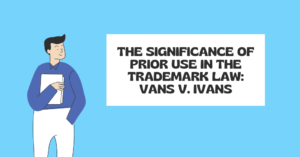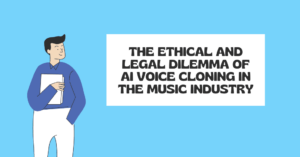Copyright law is a fine balance, striving to encourage and safeguard creative expression while also allowing ideas and concepts to be freely accessible for others to expand upon. The core of this equilibrium is rooted in the essential differentiation between concepts and their manifestation – a principle that has influenced the field of copyright law for generations.
The Idea/Expression Dichotomy
The concept of the idea/expression dichotomy is a widely recognised principle in copyright law that distinguishes between the conceptual aspects of a work and their physical representation. Essentially, it acknowledges that although ideas cannot be copyrighted, the unique way in which those ideas are expressed can be legally protected. This dichotomy serves several important purposes. First and foremost, it safeguards the free flow of ideas, which are considered the building blocks of human progress and innovation. By preventing the monopolization of ideas, copyright law fosters a vibrant marketplace of creative discourse, where ideas can be freely explored, debated, and built upon.
Furthermore, the idea/expression divide recognises the inherent restriction of copyright. It does not encompass abstract concepts or principles, but rather centres on the concrete, unique expression of those concepts. This ensures that copyright safeguards the creator’s distinct contribution while still allowing others to derive inspiration from the fundamental concepts and produce their own innovative creations.
Defining Ideas and Expression
But what constitutes an “idea” versus an “expression” can often be a complex and nuanced determination. In general, ideas are considered the foundational concepts, principles, themes, or plots that form the basis of a work. These may include scientific theories, historical facts, philosophical musings, or broad narrative premises.
Expression, on the other hand, refers to the specific way in which those ideas are articulated, manifested, or conveyed. It encompasses the author’s unique selection, arrangement, and synthesis of words, images, sounds, or other elements that give tangible form to the underlying idea.
For example, the idea of a young wizard attending a school for magic cannot be copyrighted, as it is a broad premise or concept. However, the specific characters, settings, plotlines, and descriptive language used in a book like “Harry Potter” would constitute the protectable expression of that idea.
Merging and Scènes à Faire
While the idea/expression dichotomy provides a guiding principle, its application can be challenging, particularly when ideas and expression become closely intertwined or when certain elements are dictated by external constraints or conventions.
The “merger doctrine” addresses situations where an idea can only be expressed in a limited number of ways, essentially merging the idea and expression. In such cases, copyright protection may be limited or absent, as granting a monopoly over the expression would effectively grant a monopoly over the idea itself.
Similarly, the “scènes à faire” doctrine recognizes that certain elements or scenes may be inherent to a particular genre or setting and are therefore not protectable as original expression. For instance, a romantic comedy might include common tropes or scenarios that are expected within the genre, and these would not be considered protectable elements.
Evolving Challenges in the Digital Age
The advent of new technologies and digital media has introduced additional complexities to the idea/expression divide. Software code, for instance, straddles the line between functional ideas and creative expression, presenting challenges in determining the appropriate scope of copyright protection.
Similarly, the proliferation of user-generated content and remix culture has brought renewed focus on the boundaries between transformative expression and unauthorized derivative works.
As the creative landscape continues to evolve, courts, legislators, and intellectual property experts must continually refine and adapt the application of the idea/expression dichotomy to address emerging issues while preserving the fundamental principles of copyright law.
Conclusion
The idea/expression dichotomy is a cornerstone of copyright law, striking a delicate balance between incentivizing creative expression and maintaining a vibrant public domain of ideas. While its application can be nuanced and context-specific, this fundamental principle remains essential for fostering innovation, safeguarding free speech, and promoting the progress of knowledge and creativity.










